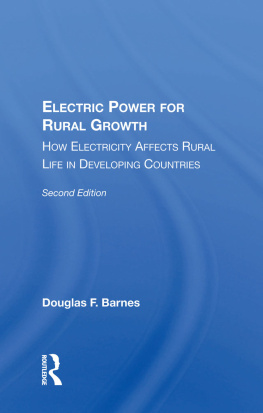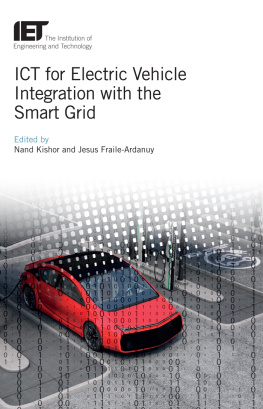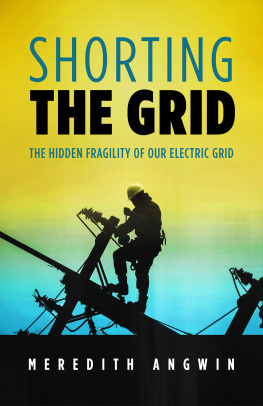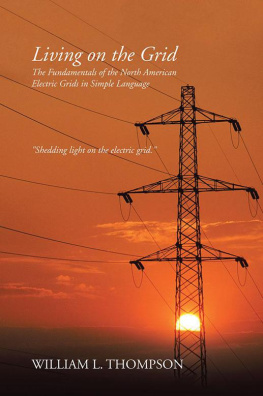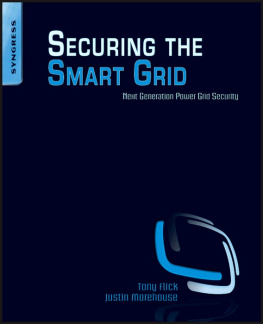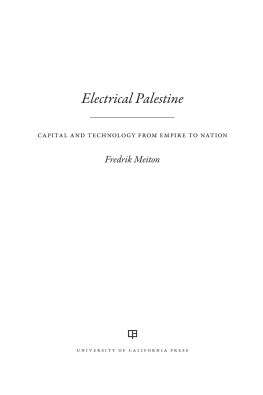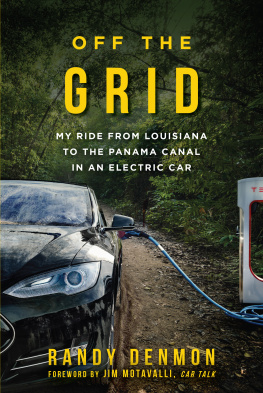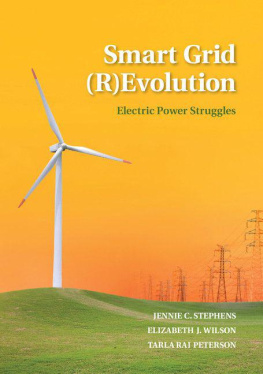Current Flow
The Electrification of Palestine
Ronen Shamir
Stanford University Press
Stanford, California
Stanford University Press
Stanford, California
2013 by the Board of Trustees of the Leland Stanford Junior University. All rights reserved.
No part of this book may be reproduced or transmitted in any form or by any means, electronic or mechanical, including photocopying and recording, or in any information storage or retrieval system without the prior written permission of Stanford University Press.
Printed in the United States of America on acid-free, archival-quality paper
Library of Congress Cataloging-in-Publication Data
Shamir, Ronen, author.
Current flow : the electrification of Palestine / Ronen Shamir.
pages cm
Includes bibliographical references and index.
ISBN 978-0-8047-8706-2 (cloth : alk. paper)
1. ElectrificationPalestineHistory20th century. 2. ElectrificationSocial aspectsPalestine. 3. Jewish-Arab relations. 4. PalestineSocial conditions20th century. I. Title.
HD9685.P192S53 2013
333.7932095694dc23
2013026237
Typeset by Newgen in 11/13.5 Adobe Garamond
ISBN 978-0-8047-8868-7 (e-book)
For Leigh and Omer
The sun never sets on the British Empire, says Miss Lumley, tapping the roll-down map with her long wooden pointer. In countries that are not the British Empire, they cut out childrens tongues, especially those of boys. Before the British Empire there were no railroads or postal services in India. And Africa was full of tribal warfare, with spears, and had no proper clothing. The Indians in Canada did not have the wheel or telephones, and ate the heart of their enemies in the heathenish belief that it would give them courage. The British Empire changed all that. It brought in electric lights.
Margaret Atwood, Cats Eye
Contents
Figures
Acknowledgments
I WROTE THIS BOOK ON THE ROAD. The raw data of three years of archival research were backed up on two laptops and two USBs. Such materials are compact to pack and carry nowadays, and the cost of their overweight is borne only in ones mind.
I owe many thanks to the people, academic departments, research institutions, and archives that provided support along the way. By order of travel, they include Hugh Alexander at the British National Archives, Sarah Rhodes and Dawn Young at the Bodleian Social Science Library, Oxford University, Christine Parker at the Faculty of Law, Melbourne University, Bob Nelson and the American Bar Foundation in Chicago, Doron Weissman in New York and Shaul Perry in Amherst, Claris Harbon in Montreal, Susan Silbey at MIT, Cesar Rodriguez Garavito and the Global Justice and Human Rights Program at the University of Los Andes in Bogot, and Sol Picciotto and the kind people at the Onati International Institute for the Sociology of Law in Basque Country.
I met many heartwarming people along the road, all of whom facilitated my ability to think and write. I am grateful to Tania and Eitan Amir in London; to Laura Rico Pineres, Edna Martinez, and Diana Bocarejo in Bogot; Dr. Swati Shirwadkar of the Department of Sociology at the University of Pune, India; and Gil Merom in Sydney. I owe special thanks to Carina Frahm and Bruno Hohmann, my wonderful neighbors, who sustained me throughout a four-day electricity blackout in my Bogot apartment. It was into their electric outlets that I plugged my phone and computer, always accompanied by fine wine and meals, candles and torches, and a big welcome.
Some good friends and colleagues read drafts along the way. First and foremost was Christine Parker, who patiently read through early and advanced drafts and provided excellent comments. I also benefited greatly from the reading of draft chapters by Jean Comaroff, Tamar Elor, Daniel Monterescu, Kineret Sadeh, Nadera Shalhoub-Kevorkian and Susan Silbey. I owe many thanks to Mr. Moshe Feintuch and Mrs. Haya Ben Yaacov, at the Israel Electric Corporations Haifa Archive,, who were always ready with an open mind to my queries and diggings. I am also most grateful to Nelly Varzarevski, at the Tel Aviv Municipality Historical Archive, for being an unending source of help, ideas, good will, and genuine enthusiasm for this project. I am grateful to colleagues who came forward with archival documents and valuable suggestions: Michael Birnhack, Leo Coleman, Yona Eliad, and Fredrik Meiton.
Three research assistants accompanied me along the way, each of them a treasure and a pleasure to work with: Tena Erez, who was there from the start, enthusiastic and inspiring; Mor Shilon, without whose help I would not have been able to find my hands and feet; and Chen Haklai, who walked me through the final stages of manuscript submission.
The comments of anonymous readers and the extremely valuable suggestions of my editor, Kate Wahl, ensured my ability to upgrade this manuscript and to be less anxious about the final product; for this I am very thankful. This research was generously supported by a three-year grant from the Israel Science Foundation (Grant No. 406/09).
Introduction
AMONG THE VARIOUS PHYSICAL INFRASTRUCTURES around us, the electric grid is critically foundational. From the production of electricity by diesel fuel, coal, nuclear, or hydroelectric power stations, to the running of electric current through high-, medium-, and low-tension wires, all the way to the electric appliances of the individual consumerelectricity is the quintessential infrastructure, feeding and sustaining other essential grids like water supply and irrigation, railway systems, and the Internet. Wherever we go and whenever we look, we see electric wires and their visible energetic products. They crawl under our feet, spring out of the ground, and cut across the sky. Although the electric grid is an old-fashioned infrastructure, consisting of concrete physical connections between one point and another, we cannot do without itall other wireless grids rely on it. Imagine not being able to chargefor example, not being able to periodically insert your laptop or cell phone into a source of wired electricity. Its outdated, complains one writer. It isnt suited to meet our power demands. Still, we are absolutely dependent on it.
Although we tend to think of the grida cobweb of wires a century and a half oldas a long-completed project, electrification is still an ongoing process. Grids never sleep; once they more or less cover any definite area, their tendency is to transcend the boundary they have just established and expand beyond it through outreach to yet unconnected From the outset, processes of electrification substantially transformed the landscapes of the city, factory, home, and farm (Nye 1990: 381). I should add that processes of electrification have also had the capacity to transform the landscapes of regions and countries and transnational space; because of their tendency to expand, they may even reconfigure the dimensions, coordinates and topologies of space itself.
This book is about electrification: the construction of a powerhouse and the assembly of an electric grid. It considers the materials the grid is made ofwires, poles, generators, transformers, current meters, and numerous other big and small devicesall participating in the generation, circulation, transformation, and distribution of electric current to and through multiple contact points. Many other connection types are involved in the process of bringing about wired electric light: administrative, legal, political, diplomatic, imperial, personal, cultural, financial, ideological, and technical. Yet such categorical designations are only analytic shorthand. None of these types and sets of connections are independent of any other. Each connection type invokes a former one or, at times, a new one, sometimes of an entirely different order. Ultimately, all of these connections and attachments come together to assemble a grid made of copper wires and poles; electricians, technicians, and engineers; consumers and officials; textual and graphic representations; and technical and legal documents.
Next page

